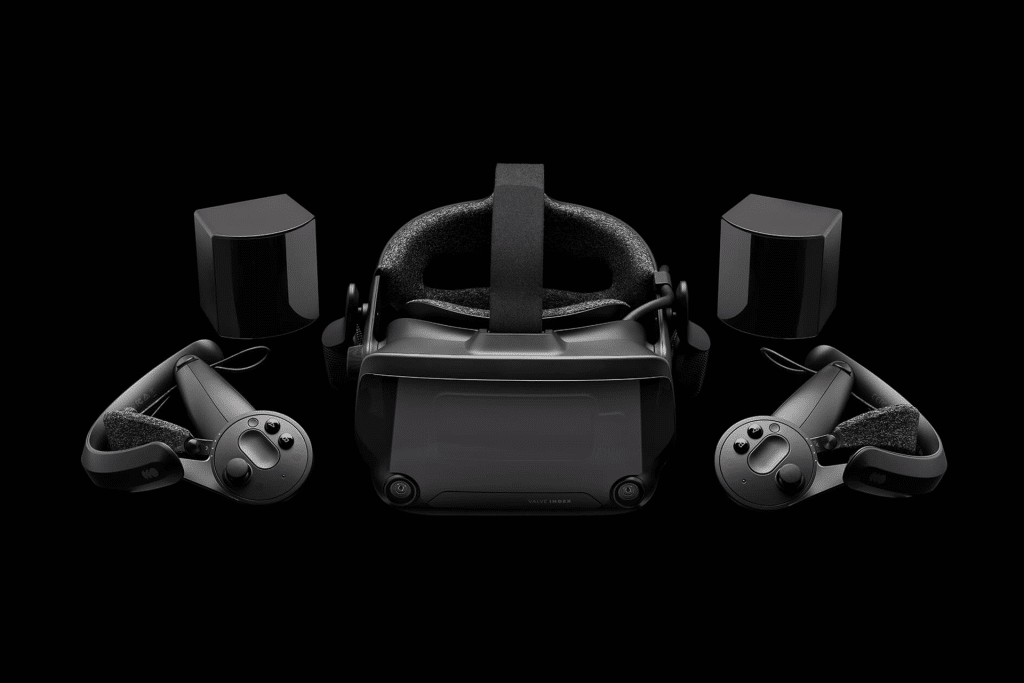Valve has officially revealed its new VR headset, ending several years of speculation and leaked prototypes that suggested the company had been working quietly on next-generation virtual reality hardware. The announcement marks Valve’s most significant move in the sector since the release of the Index in 2019, a device that became a favorite among PC VR enthusiasts for its tracking precision and high-refresh-rate display.
The new headset introduces a redesigned form factor, updated display technology, and a more flexible operating model that supports both standalone and PC-tethered modes. While Valve did not position the device as a direct replacement for the Index, the new hardware reflects a broader strategy to modernize its VR presence as the market shifts toward lighter, more self-contained systems.
A Modernized Approach to VR Hardware
Early details show that Valve focused on building a headset that reduces friction for new users while still appealing to PC-centric players. The device includes a slimmer body, new onboard processing for standalone operation, and a front visor design that supports mixed-reality passthrough.
The display system uses updated optics with a wider field of view and higher pixel density than the Index, addressing long-standing requests from the VR community. Valve also redesigned its head strap for improved comfort during extended play sessions and reduced the overall weight of the headset.
Controllers received notable updates as well, including improved finger-tracking and haptics. Valve retained its signature hand-strap design but refined the grip sensors to improve responsiveness during gameplay and simulation tasks.
Built for Both Standalone and PC Gaming
One of the most anticipated questions surrounding Valve’s new headset was whether it would remain tied to a PC or adopt a standalone architecture similar to Meta’s Quest line. Valve opted for a hybrid model.
The device can run apps independently using its onboard chipset, but it also supports wired and wireless connections to SteamVR. This allows players to launch visually intensive PC games while maintaining portability for simpler experiences.
Valve said the hybrid model reflects how players use VR today: many want access to large-scale PC titles but also prefer a headset that doesn’t require a full setup for casual sessions.
Renewed Commitment to SteamVR
The hardware launch arrives alongside updates to SteamVR, which is receiving interface refinements and expanded support for third-party apps. Valve’s decision to upgrade its VR software platform shows that the company sees long-term potential in the market, even as competition increases from Meta, Sony, and Apple.
SteamVR’s redesigned dashboard offers quicker navigation, improved multitasking, and better integration with external peripherals. The system also introduces tools that developers can use to optimize performance across both standalone and PC-tethered modes.
Positioning in a Changing VR Market
Valve’s return to VR hardware comes at a time when the industry is moving toward lighter, more versatile headsets aimed at a broader audience. Meta’s Quest ecosystem dominates consumer VR, while Apple’s Vision Pro has pushed expectations for high-end mixed-reality devices.
Valve’s new headset sits between these extremes. It offers more advanced optics and ergonomics than mass-market standalone devices while remaining significantly more affordable and gaming-focused than enterprise-tier headsets.
Developers following the project say that Valve appears committed to long-term hardware support without abandoning its PC-first heritage. The company is also expected to explore new categories of VR content, including physics-driven experiences that build on the success of titles like Half-Life: Alyx.
With fresh hardware, Valve is positioned to influence the next cycle of VR innovation across its platform. Its hybrid approach may provide developers with a clearer target for performance optimization, reducing fragmentation between standalone and PC-powered devices.
The company has not announced a release date or pricing, though retail availability is expected sometime in 2026 based on the current production cycle. More technical details are likely to be shared through upcoming developer documentation and SteamVR updates.
Valve’s re-entry into VR hardware comes after years of speculation, leaked patents, and internal prototypes. With the official reveal, the company signals a renewed investment in the medium as it moves into a new era of mixed-reality interaction and gaming-driven innovation.
